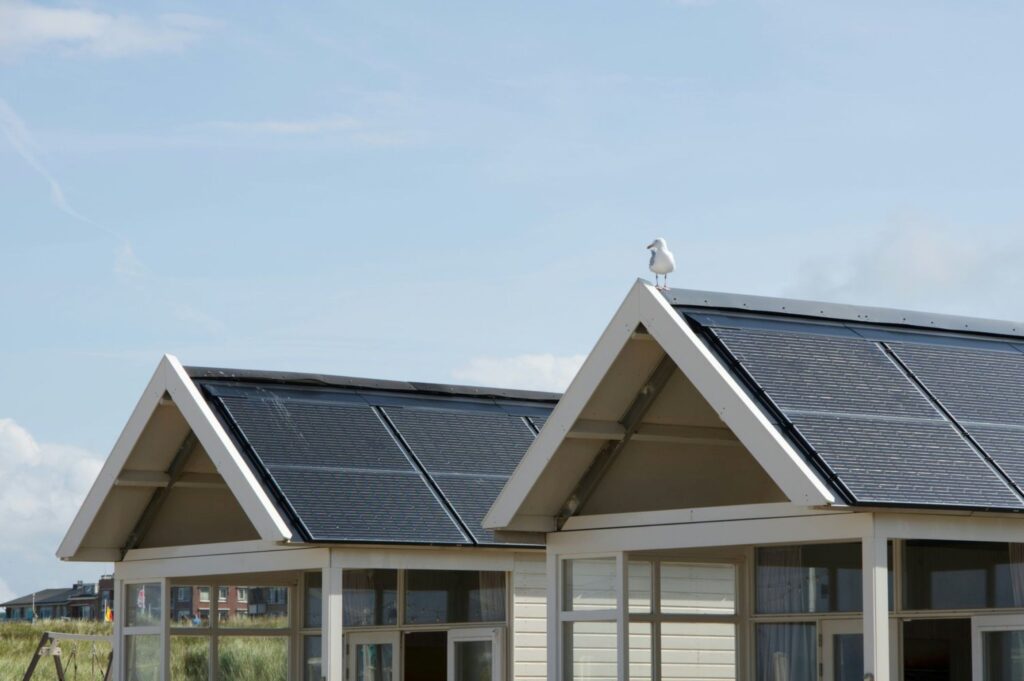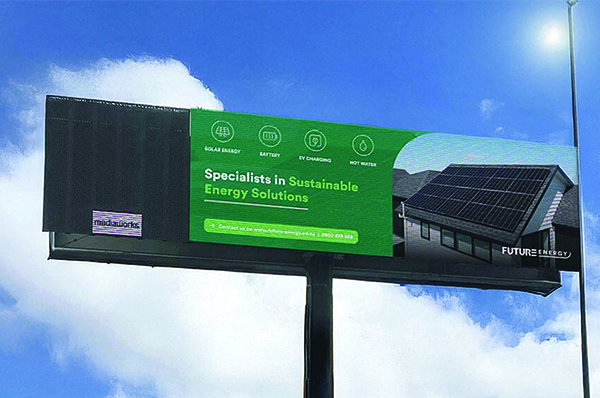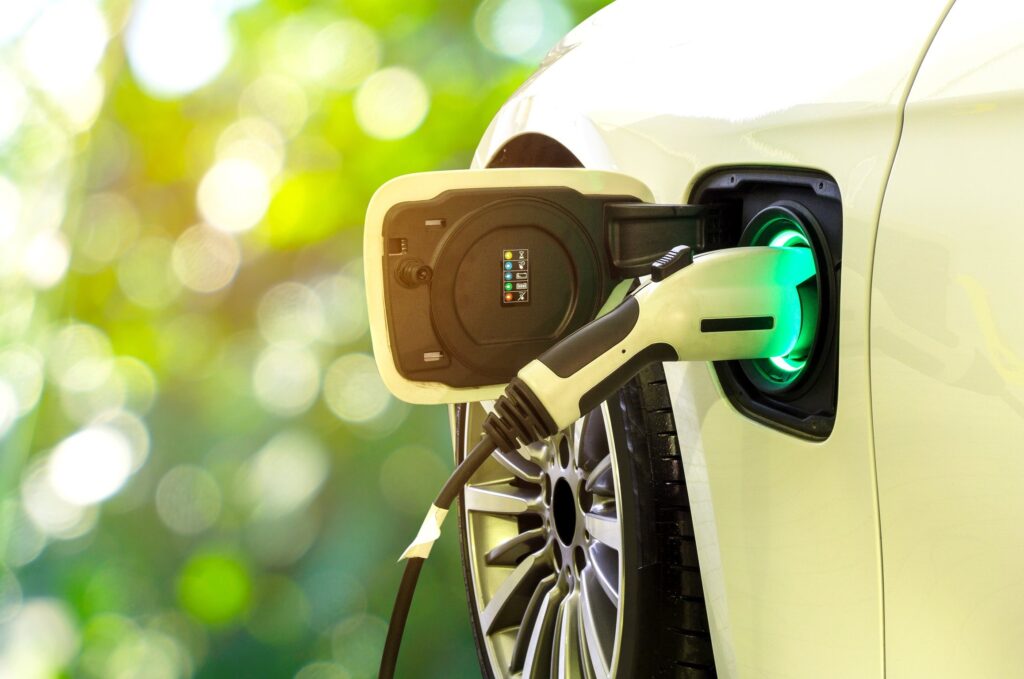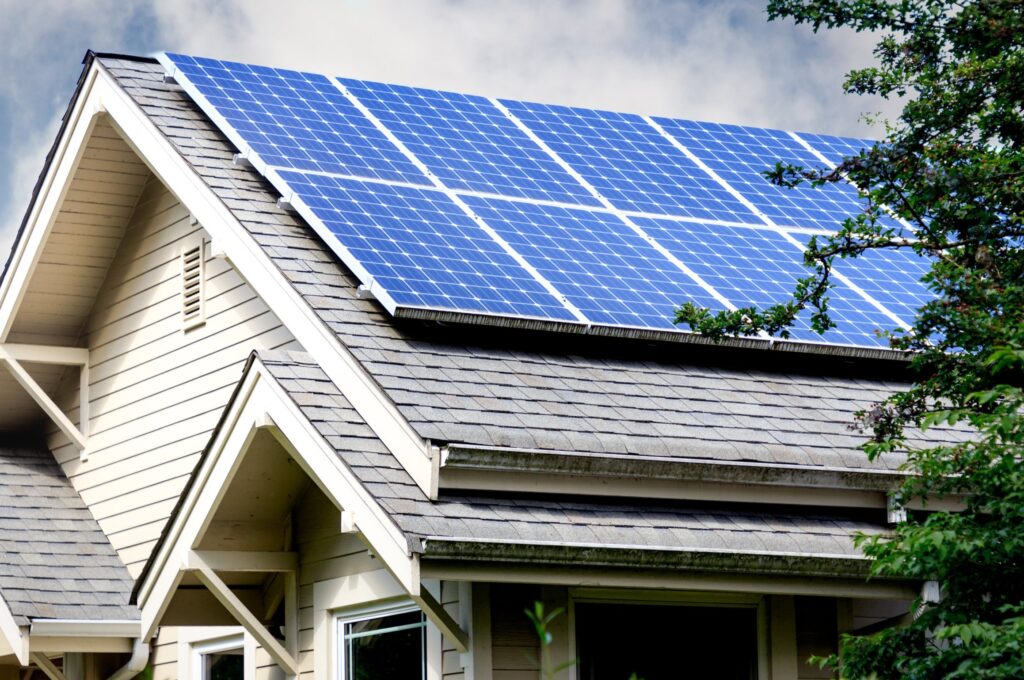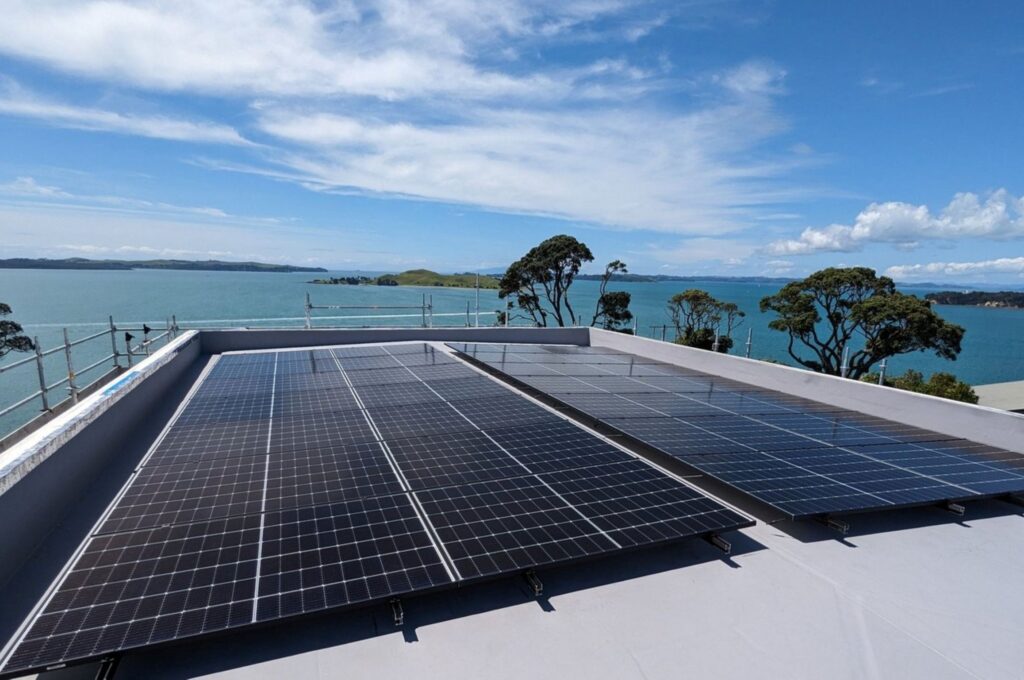What Are Power Export Tariffs?
A power export tariff is the price you receive when you send surplus electricity, generated by your solar panels, back to the national grid. When your solar system produces more power than you need, it’s fed into the grid, and in return, you are compensated by your energy provider.
Export Tariffs Offered by New Zealand Power Companies
New Zealand has a range of power providers that offer various export rates. Here’s a look at some of the common tariffs provided by popular companies in the country*:
- Octopus Energy: Octopus Energy, known for its renewable energy focus, offers competitive export rates for solar customers. Their export rates vary depending on where you live and the time, but they offer 23c per kWh for Peak export. Octopus Energy focuses on offering low-cost energy options and is a good choice for those seeking transparency and simplicity in their energy plans.
- Ecotricity: Ecotricity provides an attractive buy-back program for customers with renewable energy systems. 21c peak per kWh buy back rate all year round. Off peak export rates are 16c/kw.
- Meridian: Meridian’s 17c per kWh export tariff offers an opportunity for customers with solar panels or other renewable energy systems to receive compensation for excess energy exported back to the grid.
- Mercury Energy: Mercury Energy offers an export rate of up to 8.5c per kWh for its solar customers.
- Genesis Energy: Genesis Energy offers an export rate of 12.5c per kWh for standard solar customers. For those who prefer a more flexible approach, Genesis offers the option of their “Max” plan, which includes higher export rates during peak times.
- Contact Energy: Contact Energy’s standard export rate is 10c per kWh. However, Contact offers the option for customers to select a “Peak & Off-Peak” rate structure, where you can earn higher export payments during peak periods (usually late afternoon to early evening) when demand on the grid is highest.
How Do Export Rates Benefit You?
Understanding your export rate is crucial to getting the most out of your solar system. Here’s how different rates can benefit you:
- Lower Your Energy Bills: Exporting your excess solar power back to the grid can significantly reduce your energy bills. While export tariffs might not completely cover your electricity costs, they provide a valuable way to offset your spending.
- Earn Money from Surplus Energy: By exporting excess energy to the grid, you can potentially earn money, especially if you have a larger solar system. Higher export rates like 25c per kWh can provide a solid return on your solar investment.
- Contribute to Grid Stability: When you export power, especially during peak demand times, you help maintain a balanced and stable electricity grid. This is especially important as New Zealand increases its reliance on renewable energy sources.
- Sustainability: By exporting solar power, you’re not only saving money, you’re also contributing to New Zealand’s goal of becoming carbon-neutral. Solar energy is a clean, renewable resource that helps reduce the nation’s dependence on fossil fuels.
Conclusion
New Zealand’s power export tariffs can significantly affect the financial benefits of your solar system. While the 18c export rate is common, many providers offer higher rates, time-of-use tariffs, and variable structures, giving you more ways to maximise savings and earnings. Understanding your options will help you get the most from your solar investment.
If you’re considering solar energy for your home or business, our in-house team is here to help. Contact us today to learn more about how solar can work for you.
* Please note that the rates provided are subject to change based on the energy provider’s pricing structure.

